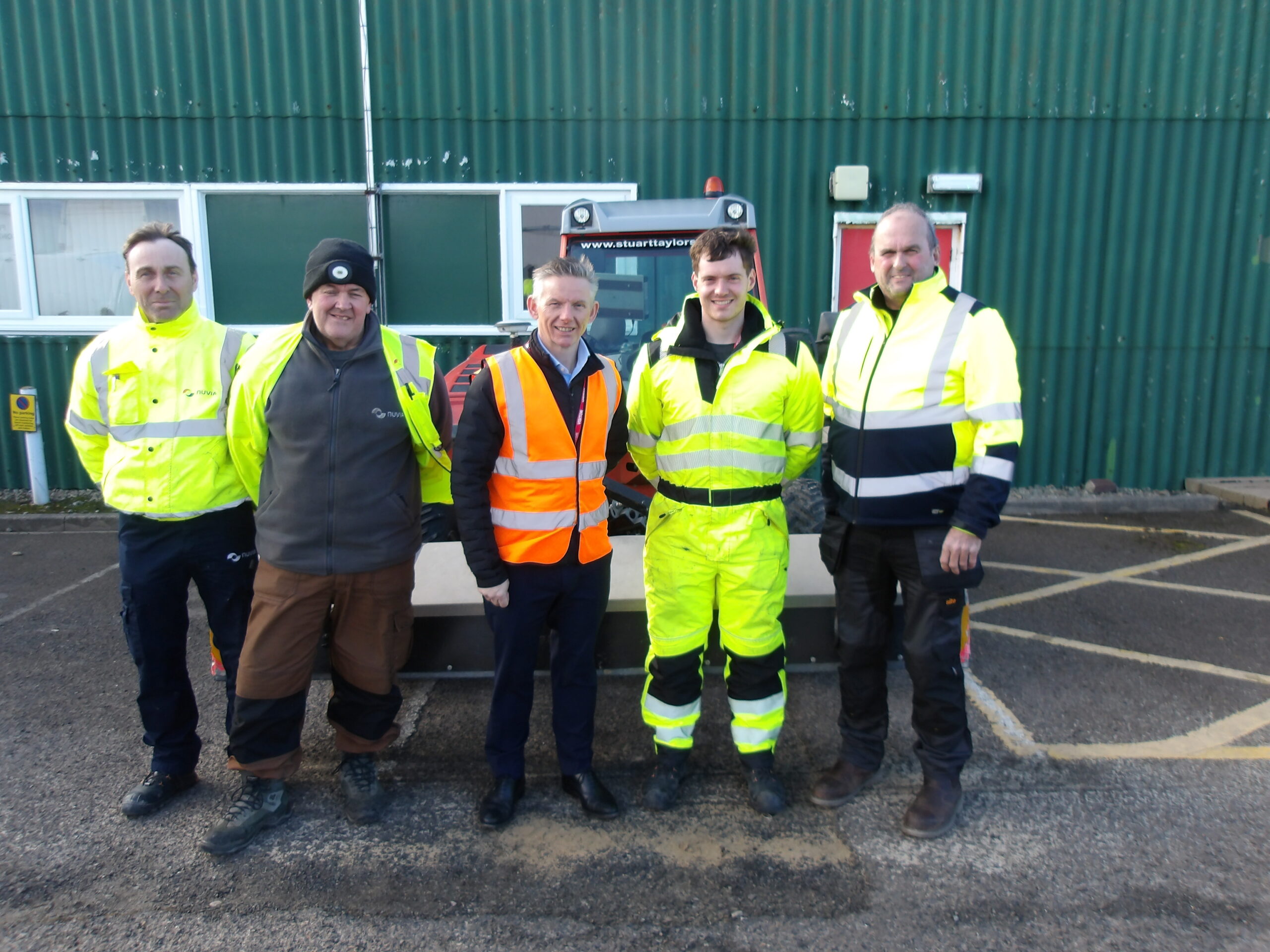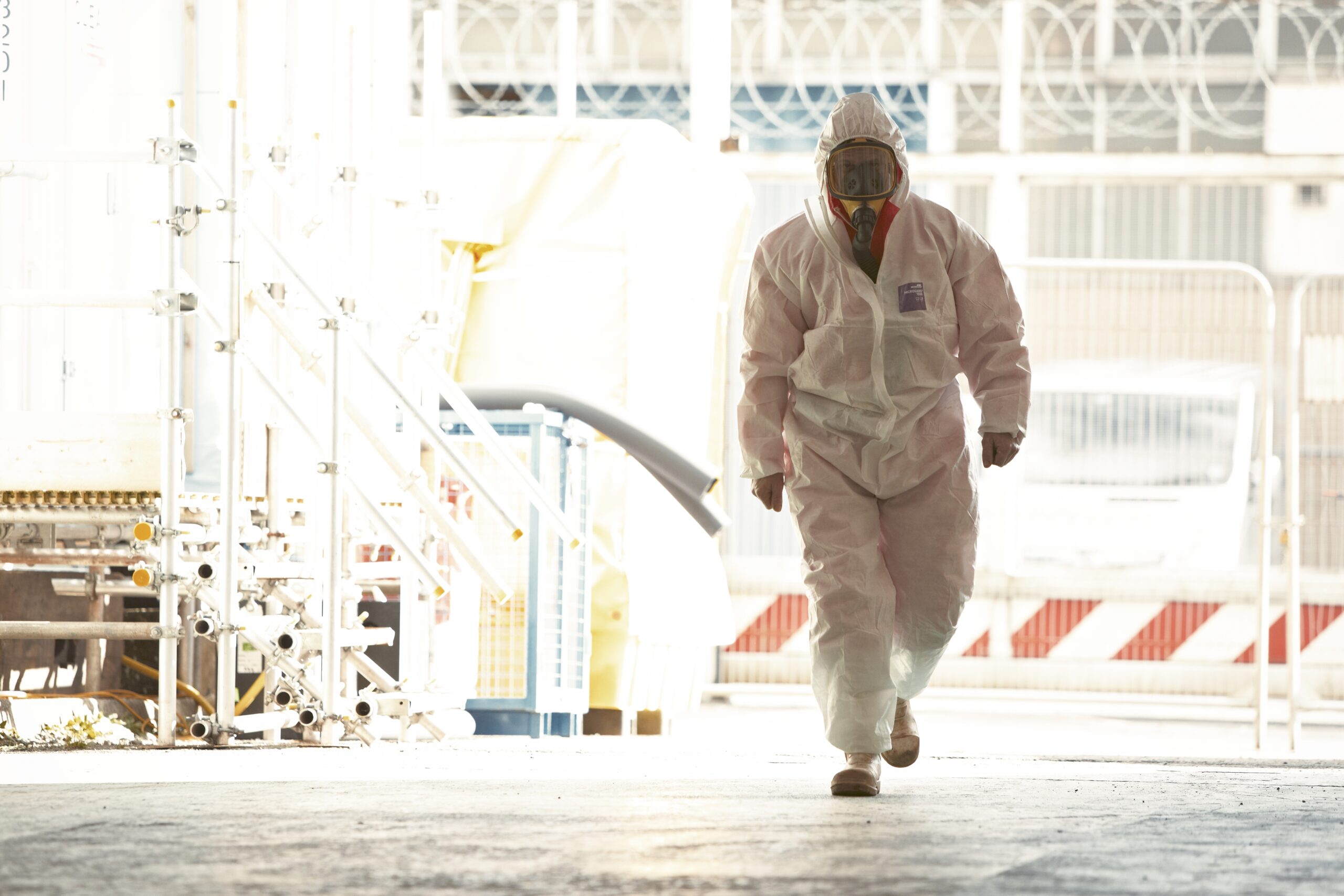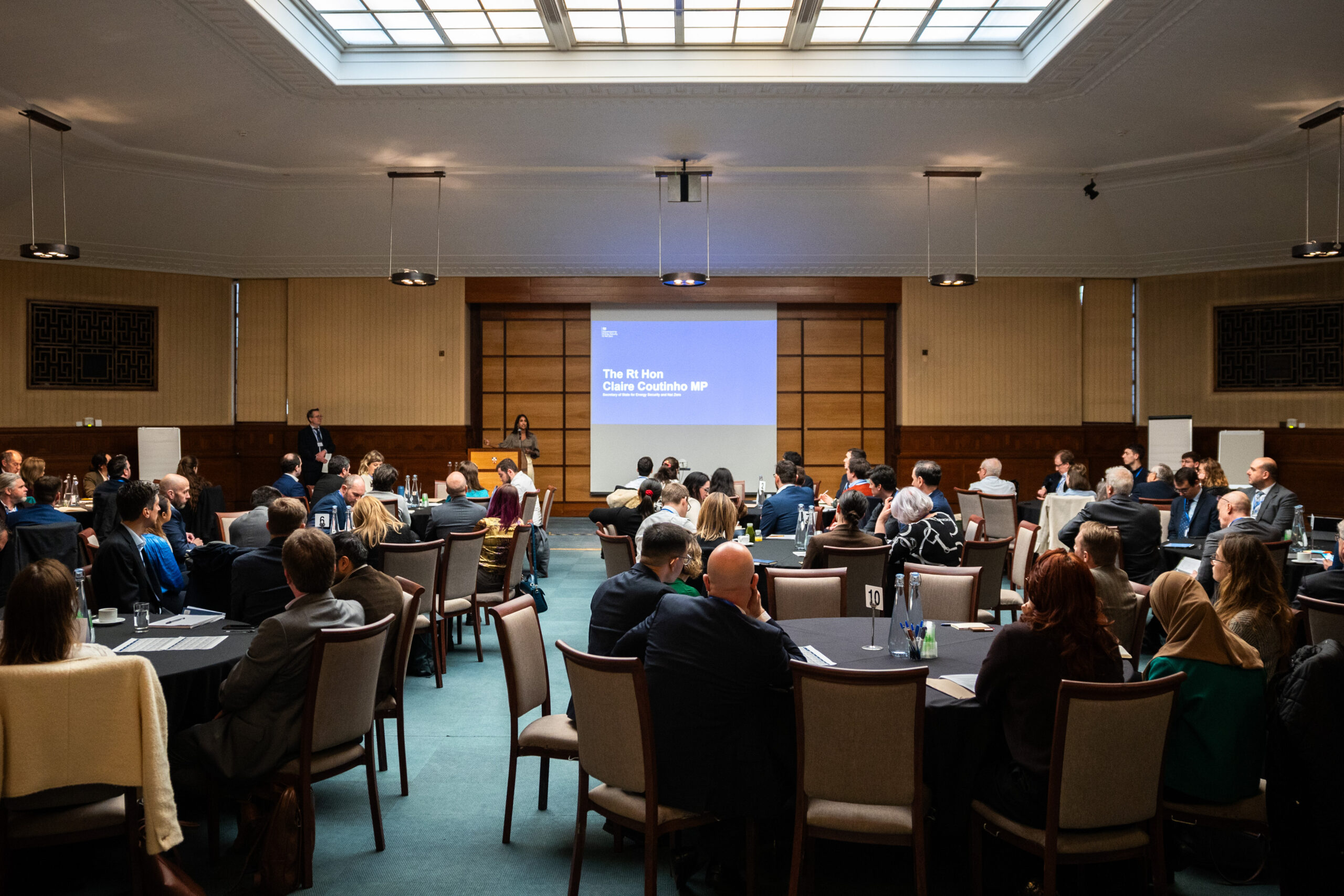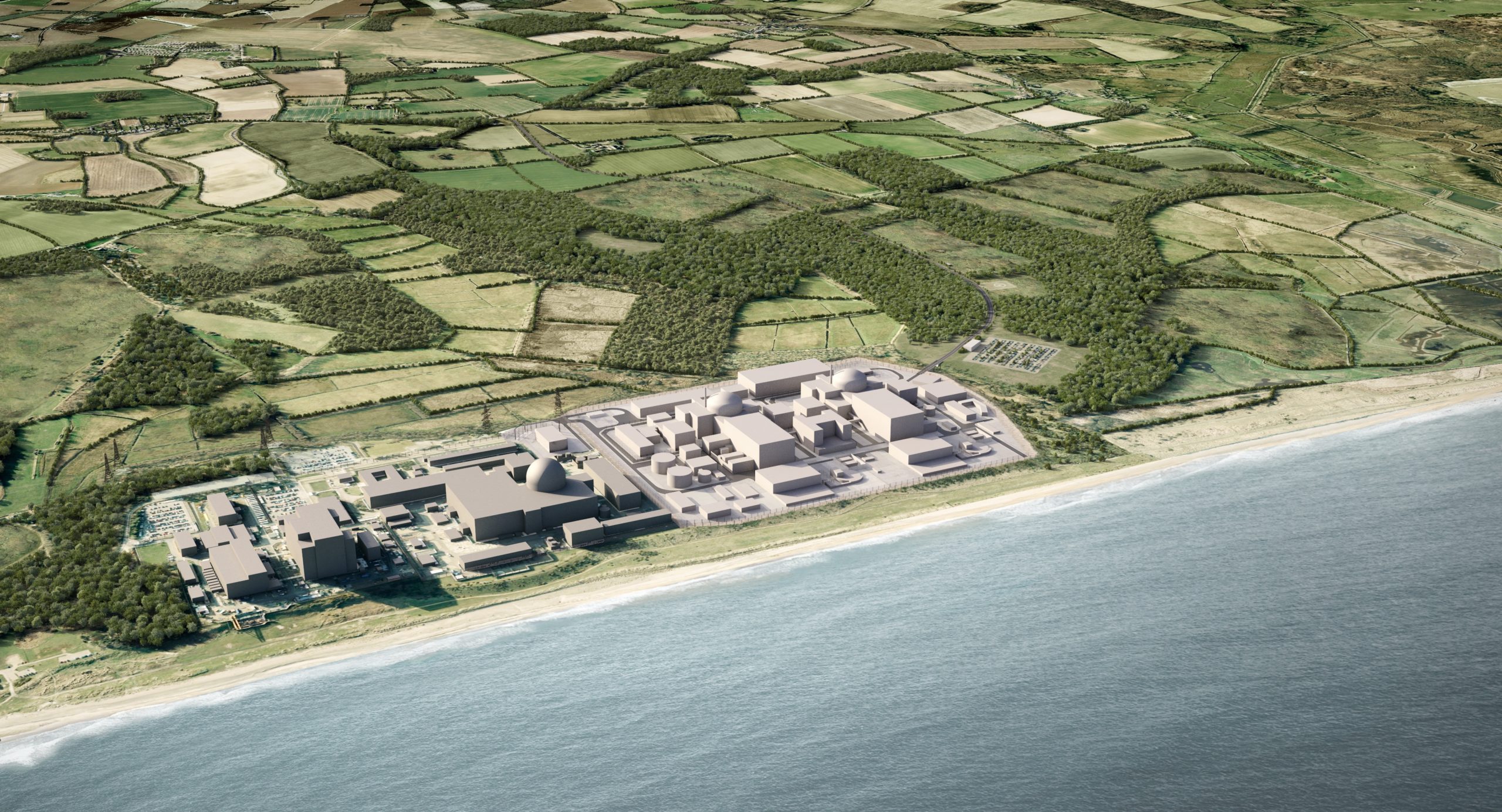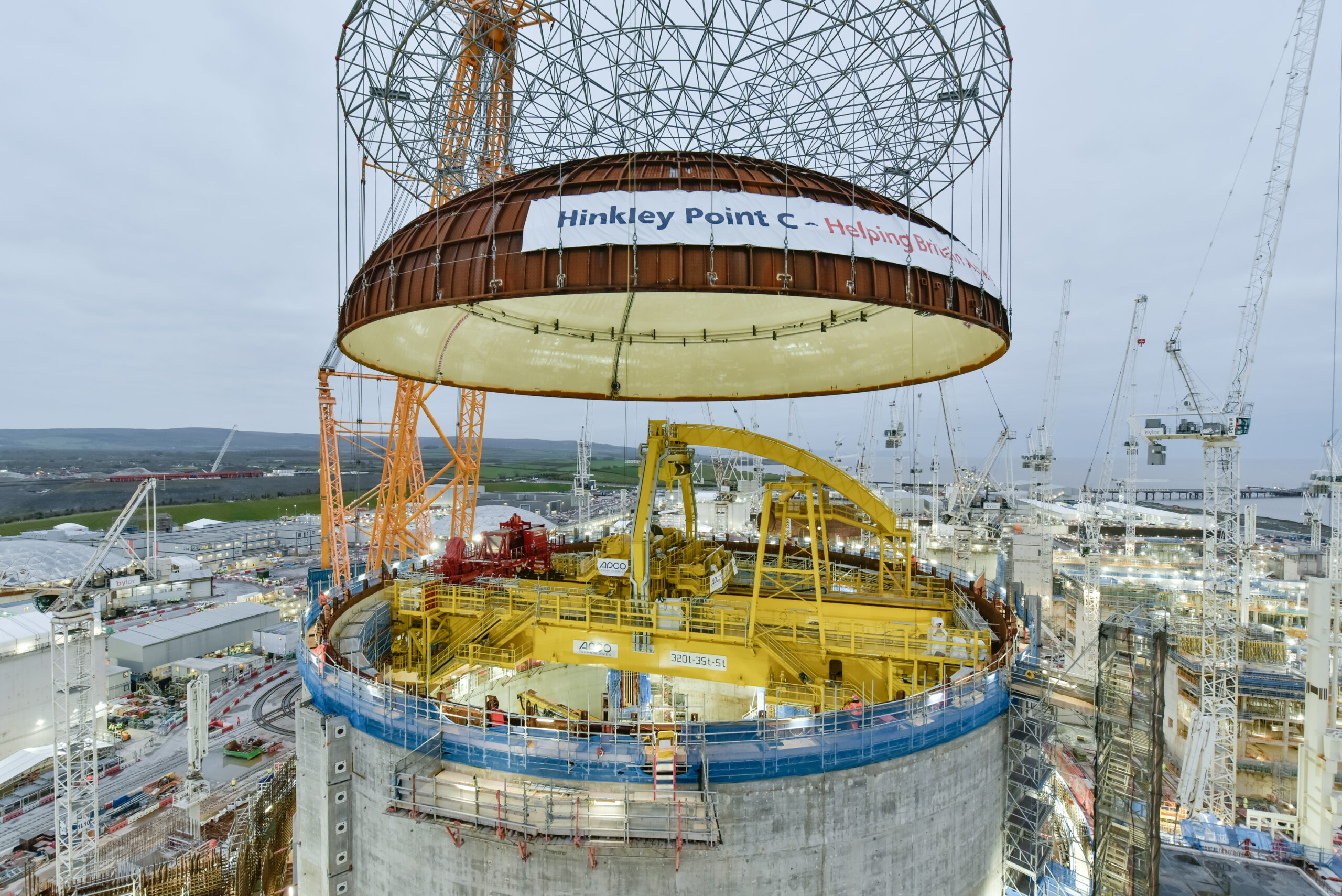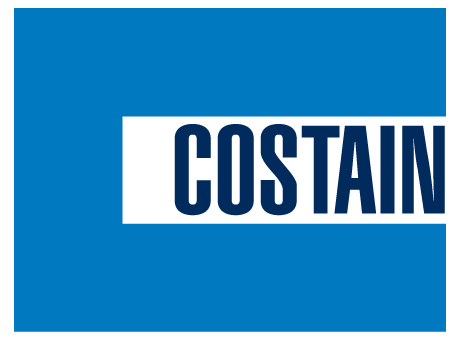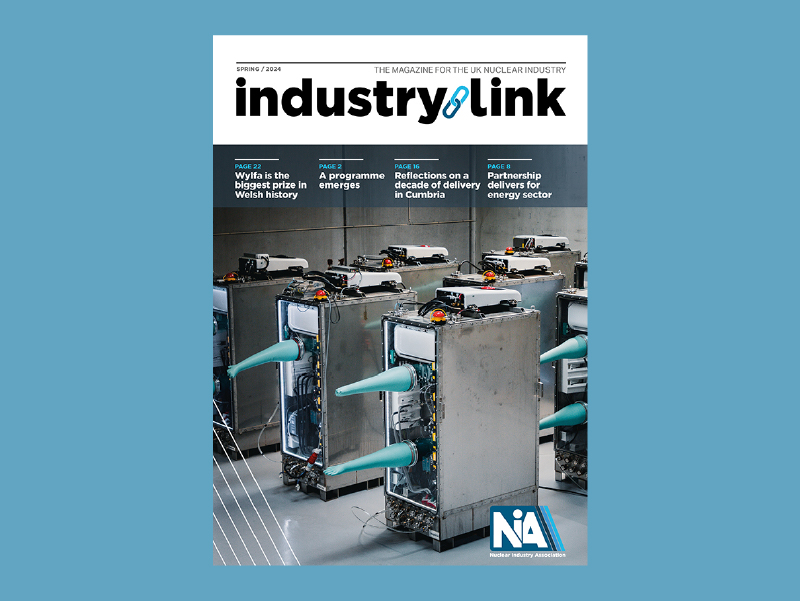Why a new funding model is good news for nuclear in the UK
January 10 was a significant day for the development of new nuclear capacity in the UK. At just after 8pm MPs in the Commons voted, with cross party support, to back legislation that introduces a new model for financing new power stations.
The Regulated Asset Base (RAB) which the Nuclear Financing Bill puts into place, will save consumers billions on their bills by cutting the cost of funding projects, while also helping deliver a large chunk of the clean power needed to meet net zero. The RAB works by issuing a small surcharge on consumers’ bills which will be used to release revenue during construction – thus reducing the cost of capital, increasing the pool of investors, and delivering power at a lower overall cost.
The Government’s assessment is that the RAB will save around £30 billion over the lifetime of each nuclear project. The NIA warmly welcomed the Bill’s announcement back in October. “Consumers will save money, businesses will get more predictable electricity costs, and the UK will save carbon,” I wrote, noting industry’s hope that the legislation would proceed swiftly.
Indeed, it did. And that’s a good thing, as investment is urgently needed. For too long we have seen potential international backers fall by the wayside, and with it the hopes of much needed projects disappear. Against the backdrop of rocketing energy bills due, in significant part, to the impact of highly volatile gas prices on the cost of generating power, we cannot afford to stall further.
The only way we bring energy bills down is to wean ourselves off gas and that calls for a commitment to a decade of delivery. That means more nuclear, more wind and more solar power. The renewable sector has benefited from repeat build, resulting in cost reductions, but intermittency and variable output remain a reality. Nuclear, required to complement the fluctuating output of wind and solar, is on the cusp of being able to similarly realise the benefits of repeat build. The progress of this Bill is an integral part of that tantalising prospect.
Sizewell C will most likely be the first project to benefit – while it will be identical from the ground up to Hinkley Point C, being financed in a new way will reduce the cost to build it, the cost of the power it produces and the cost to the consumer, while helping prevent a repeat of the current situation where we are effectively held hostage by the volatility of internationally traded gas prices. But it is about more than Sizewell – future projects, needed to reach net zero and energy security, large and smaller, could also use the same model. Wylfa, SMR and future technologies could all have their deployment facilitated through a RAB approach to financing projects.
For all the advantages of a RAB model, it is not a silver bullet and there remains plenty of work to do when it comes to affordable finance. How we make nuclear an attractive proposition to investors is one such challenge. The point was made by one investor at the Nuclear 2021 conference that financiers “want a simple, straightforward, story.” The more we can do to communicate nuclear’s green credentials, the better the outcome for its overall narrative. That should help with sustainable taxonomies, and is why the NIA continues to be involved in discussions on the forthcoming UK Taxonomy.
The important thing is that we build enough low-carbon infrastructure to ensure we meet the UK’s very ambitious climate targets. Nothing has focused the mind more than the current energy crisis, which has placed our energy security firmly back on the agenda, and in a big way too. Our reliance on gas to power the grid is pinching our pockets, and as more nuclear stations come offline in the coming years, the squeeze will only intensify. After all, only nuclear can replace gas as an always-on power source. If we don’t build a fleet of SMR alongside larger power stations then the knock-on effect on jobs, skills and emissions is likely to be felt for generations.
Legislating for a new financing model was a key industry ask in 2021, so it is encouraging to see the ball is well and truly rolling. It paves the way for Sizewell C to reach Final Investment Decision (FID) next year, the policy, siting and regulatory framework for the deployment of a fleet of SMRs to be set, and of course another large-scale project to reach FID in 2024.
This all fits in to the wider question of how net zero will be paid for, but one thing is for sure, cracking the nuclear finance nut will be a very good thing for energy security, for the planet and for reducing the cost of how much consumers pay for power.
The article first appeared in the NIA’s Industry Link magazine.





